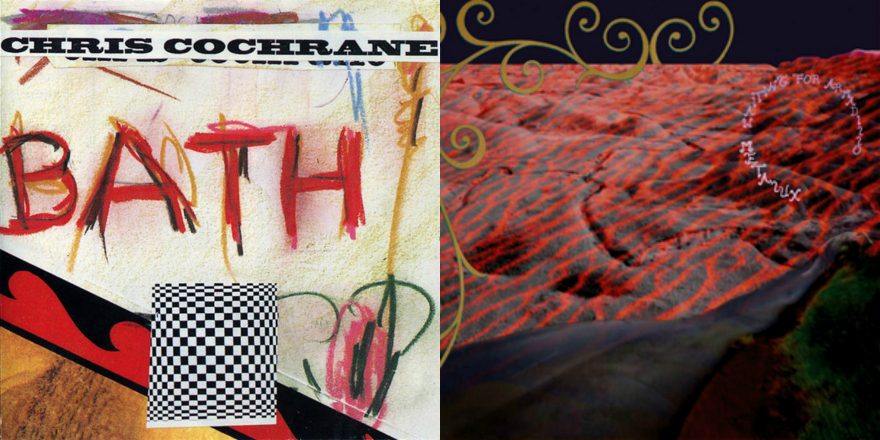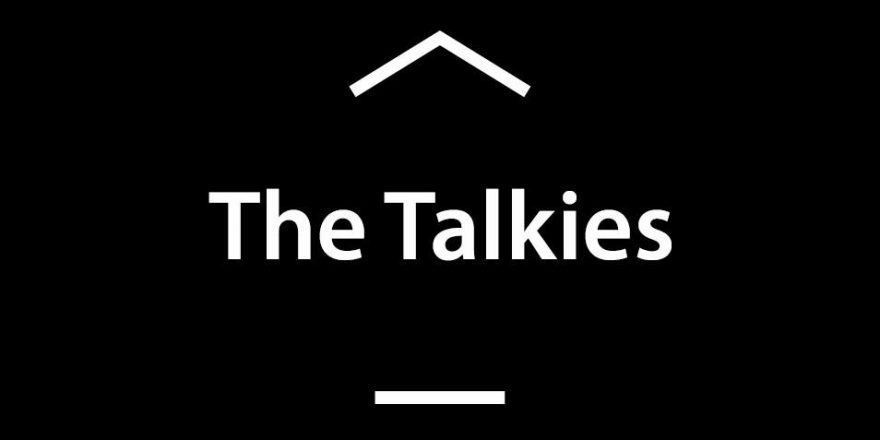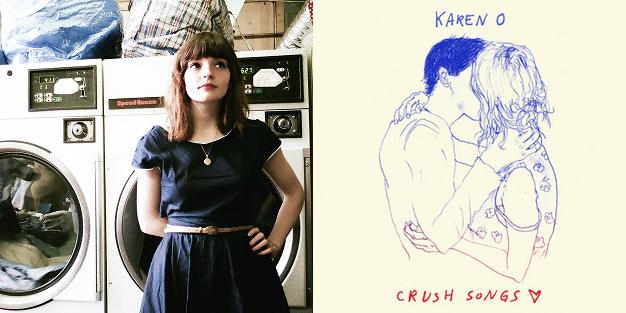My love comes at the limit of my knowing. Everything I know gets me to a point before peaking, but the climax will be at yielding to what is unknown. Union with bliss waits at the summit.
This feeling of transcendence is one of the principle aims of music as communication. It’s said that music is a universal language. It’s true: we can understand the message or mood of a piece of music based on its sound, regardless of any verbal features. From this, it can be noted that sound exists as a form of language itself. The language of sound is what we commonly know as music. Musical expression comes in an infinite amount of varieties.
I am a musician who performs in a wide range of styles, and with that I often see commonalities between musical languages where others see differences. It is my urge to encourage audiences and consumers of music to develop an awareness of what exists outside of the adopted limits of one’s knowing. Differences dissolve at the taste of transcendence.
Drop the needle on: “Puerto Rican Ghost,” Mars (1978)
“Cellulite” sounds so much more beautiful than “gorgeous.” So does “nausea.” “Nausea” could be a name for a girl and “Nauseous” for a boy. Unfortunately, the pure phonetic impressions of these words are quite different than their attributed definitions. Too bad.
Language systems — including music, fashion and politics — are built on this play of “idea” as expressed through a “form.” More often that not, we take for granted the implied cohesion of idea and form, but in essence they are distinct entities that have been co-opted into a partnership of “meaning” and “signification.” (Thanks, Roland Barthes.) Calling attention to language as a system of codes, as much art does, is to reveal what exists at the core of communication. This process serves as a means to better understand personal thought patterns and the power dynamics of images and sounds, and to establishing a purer sense of perception and self-awareness.
Mars was particularly great at dismantling language. Their lyrics and music convey a raw and primal expressivity as sound and syntax are liberated. “LSDOTBHFC CASUAL T CASUAL T talk to me talk to me I hate you perfectly perfect perfection XYZ.”
Drop the needle on: “FastBlood,” Metalux (2004)
Historically speaking, Mars and others from the “No Wave” era of the late ’70s/early ’80s represent an interesting sub-thread of the punk rock narrative. As “punk” was being developed at that time by such bands as the Ramones and Sex Pistols, etc., there were the No Wave bands lurking further underground. “Classic” punk is just an inverse image of pop: each is derived from the same musical source material (i.e. they use similar chord structures, song forms and melodic hooks) with the key differentiating factor being one of attitude.
The No Wave bands ran concurrently with the classic New York punk scene, but turned their attention more severely to musical language itself. Gone were conventional models of song form, gone were conventional ways of playing an instrument, gone were conventional notions of “listenability”…what emerged in place of convention was a completely unique — beautiful and volatile — expressive tonal palette, genuinely innovative and avant-garde.
Drop the needle on: “Allegro,” John Zorn from Cobra (1987)
Music is a language, one that speaks from conditions of time and place. And, like all forms of communication, a message exists that motivates the language. Some of my favorite moments as a performer come when I play to a crowd unfamiliar with my music. These scenarios require that I step up and assess the most fundamental aspects of my music as communication, to put forth what is naturally universal about my music — what transcends culture and prior listening experience.
I don’t necessarily like making the nominal distinctions of “pop” or “avant-garde” or “whatever,” because ultimately they are equal on the fluid spectrum of musical language. (For me, hearing a violinist putting hard pressure on the bow so that it grates against the string can have a tonal effect similar to a guitarist playing with distortion.) But as a musician working in both “mainstream” and “experimental” contexts, I do feel a sense of personal responsibility to call attention to underdogs of the music world: extremely talented musicians/composers who go relatively under-recognized (and underpaid) due to being active in music communities existing outside of mainstream visibility.
The biggest difference between “mainstream” and “avant-grade” is the permitted access to musical vocabulary. Mainstream music allows itself such a limited and repetitive amount of material for its construction; it’s largely been recycling similar content for more than a century, with the main change being that of sonic aesthetic. The avant-garde looks to discover new expressive possibilities of “language” and thus pushes past conventional boundaries; its historical trajectory as “contemporary music” is quite accessible if one wishes to follow it. Most musicians who play “avant-garde” music also have a love for rock, pop, R&B, etc., but it is much less the case the other way around.
Drop the needle on: “Faith,” Chris Cochrane (1995)
I first heard Chris Cochrane play in ’98 or ’99. I was around twenty or so. I went to Tonic, the club on Norfolk street that was home to the downtown New York music scene for about ten years starting in the late ’90s*. I was there to see Cobra, the famous piece by the infamous John Zorn. Cobra is one of Zorn’s earlier works and is part of his collection of compositions called “game pieces.” These pieces are composed as a set of very specific instructions, as the way rules are to a game; each game piece has a different set of instructions. The outcome of each performance is never the same, just as a sports match will always be different.
At one point during the show, Zorn (who was conducting) gave Chris the cue to solo. Chris’ playing blew me away. Soon after, I got Chris’s solo album Bath (which sounds nothing like Cobra) at Downtown Music Gallery, the record shop that’s been the steadfast outpost for downtown New York music. This is what makes music a community: going to shows, feeling excited and having heroes.
Almost fifteen years later, Chris and I are in a band together called Collapsible Shoulder. It also features Kevin Bud Jones (of lesser known No Wave band Dog Eat Dog) on synths and samplers and Kato Hideki (of many notables) on bass.
*Home base now for the New York experimental scene is Zorn’s club The Stone.
Drop the needle on: “The Wonderful Widow of Eighteen Springs,” Joey Ramone performing John Cage (1993)
Music functions as a reflection of our time. Yet, in this regard, the idea of “modern” is only concept; what is modern today is outdated soon after. Every age is a technological age, from the invention of fire to that of Instagram to that of flying cars that can travel backward and forward in time. “Progress” is a process that is endless, with an indefinable beginning and a seamless end. Which brings us to the point: how does technology ultimately serve humanity and its cultural evolution? In the case of the Internet — the most common platform for listening to music — the benefit is that it brings the world closer by making information accessible in a way that’s never been done previously.
The down side is that it’s brought an increased emphasis on “virtual reality,” which is distinct from actual experiential reality and has drastically shifted human interaction to an online one instead of a direct personal one. These changes are reflected in how the Internet has impacted the commerce of music. As indicated by the rampant closure of record stores and rapid decline of music sales, the music community in its mid- and lower-economic strands is suffering.
I don’t know if the general public realizes how harmful it is to not be paying for music. Every industry needs support, and dedicated musicians face very real living expenses just as those in any other trade. The way things are now, the ones that are benefitting the most are the purveyors of the music, the “middle man” (i.e. iTunes and Spotify), and less so the musicians themselves.
Over the coming years I believe the system will get more fair. Until then, my recommendations would be to buy music directly from the artists or from record labels when possible, and to support local music stores (we miss you OTHER MUSIC) and independent radio (WFMU, WKCR).
Internet radio services such as Pandora are the antithesis of creative thinking: they work according to algorithms to suggest music similar to what is already being played. In this case, identity is being cyclically reinforced and the opportunity for new discoveries beyond the expected is quashed. What is important is to make the access to information a creative activity. The more it is recognized that musical language is not a fixed entity, but rather a diverse multitude of dialects, the more we will honor music as personal and communal expression and embrace it as a potential indicator for the future.
To think in terms broader still: everyone will be happier and increasingly prosperous the more we regard the peoples and cultures of the world as a universal entity (in that we share the planet with those currently with us) and consider time as an eternal continuum (in that we share the planet with those that have come before and will come after us).









